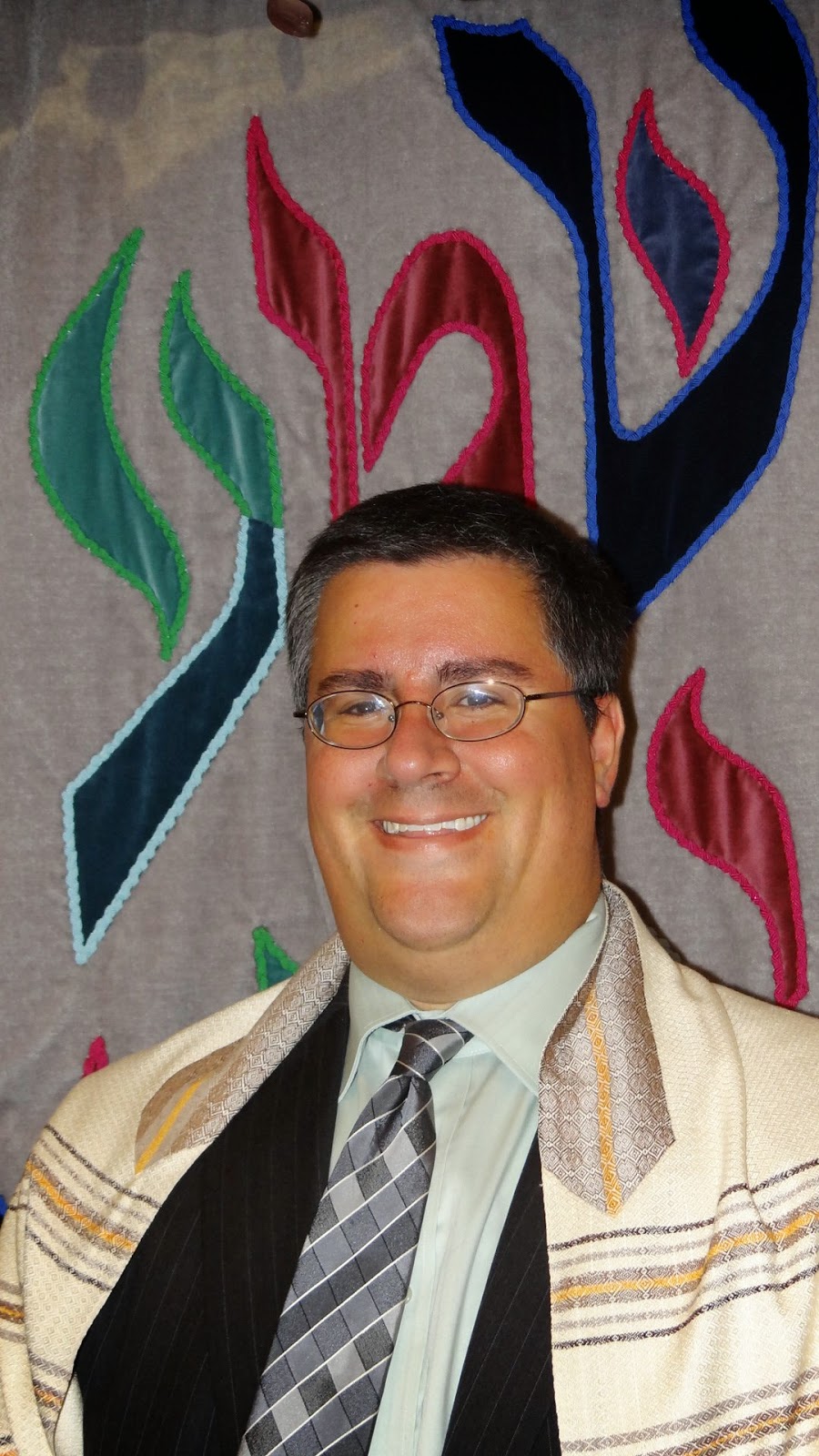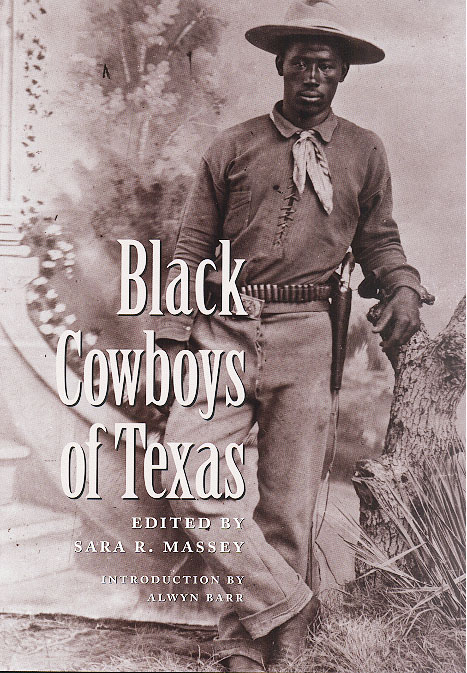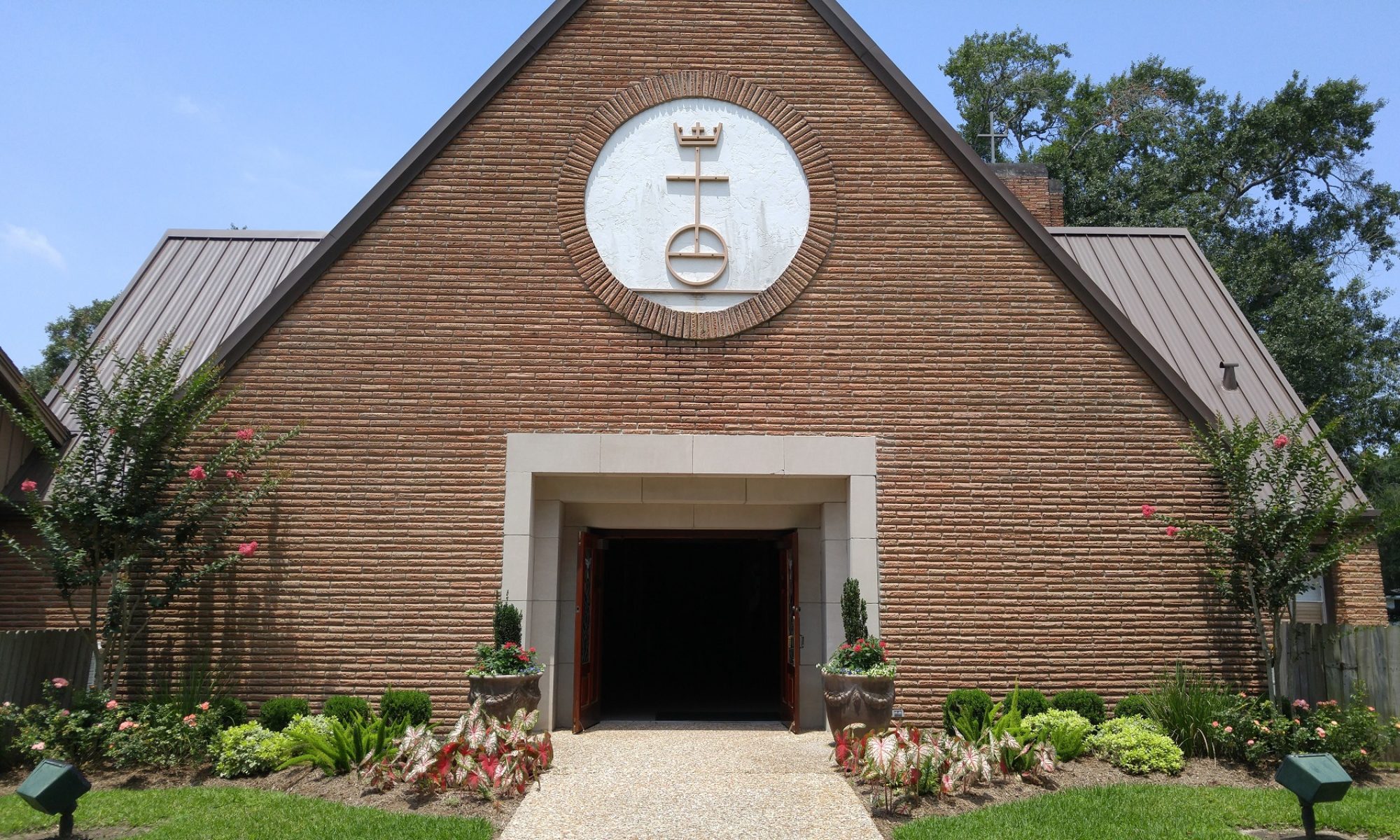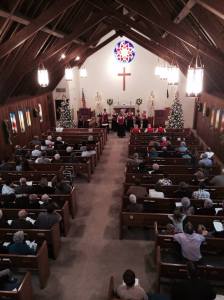Join us on December 24th for our Christmas Eve Service at 6 pm.
To get into the Holiday Spirit you can prepare by listening to last Sunday’s Cantata Service:
A Light is Drawing Nearer

The Christmas Fund for the Veterans of the Cross and the Emergency Fund is a Special Mission Offering of the United Church of Christ that grants us an opportunity to recognize and honor those who have served and continue to serve in lay and authorized ministries of the United Church of Christ. During 2013, you provided gifts totaling $1,545,076 – an increase of about $80,000 over the 2012 Offering. Thank You! Our goal for the 2014 Offering is to raise $1,700,000 for the vital ministries of Pension Supplementation, Health Premium Supplementation, Emergency Grants, and Christmas “Thank You” Gift Checks. St. John’s United Church of Christ will accept your donations to the Christmas Fund through the end of the month of December 2014. One of the unique aspects of the Christmas Fund is that the funds provide direct financial assistance to individual UCC clergy and lay church employees – the funds do not support programs or institutions, but people, like Rev. Marjorie Peters (Pseudonym):
Rev. Marjorie Peters was 55 years old when she entered seminary. Her original goal had been to go to medical school. “In those days there weren’t grants and loans like today. I spent 29 years working in four hospitals doing medical research,” she says. “When I lost my job, I was under a great deal of stress. My husband was terminally ill. I didn’t know what I was going to do.” Her pastor suggested that she attend a job-training workshop. “At one point, we were asked what we wanted to do. I don’t know where it came from but when it was my turn I said, ‘I want to go to seminary for Christian ministry,’” she says. “The more I said, ‘No,’ the more God said, ‘Yes.’” It wasn’t until Rev. Peters began collecting her Social Security that she was able to pay off her educational debt.
She was ordained in 1990 at the age of 58. While she was interested in serving only small churches in New England, over the years she also served the Maine Conference on the Commission for Witness Life, and promoted Our Church’s Wider Mission (OCWM), helping explain its importance and encouraging increased giving. She also served as an elected leader on Association and Conference levels, and on the Church and Ministry Committee. She has been a Sunday School Superintendent, and in retirement, serves as Clerk and Church Secretary in her local congregation.
Rev. Peters was a Congregationalist at the time of the 1957 merger that birthed the United Church of Christ. “I like to tell people that while the UCC was in gestation, I was in gestation as well, since I was pregnant with my second child,” she says. “When the merger…was being discussed, my husband was not in favor of it. I ultimately convinced him otherwise.”
The pension supplementation Rev. Peters receives “has been an absolute God-send! It made a big difference,” she says. “I emphasize to my congregation the importance of the Christmas Fund, that it not only helps retirees but active persons as well. I like giving Mission Moment talks to encourage giving generously to the Offering.” The grandmother of four and great-grandmother of six retired in 2003, and continues to provide supply preaching.
Chanukah – The Jewish “Festival of Lights”
By Rabbi Joshua Lobel, Congregation Beth El, Missouri City, Texas

Rabbi Lobel came to the synagogue around the time Rev. Haas came to St. John’s United Church of Christ, Rosenberg, Texas. Rabbi Lobel will be officially installed on Friday, December 19th 2014 at 7pm. Everyone is welcome to join Congregation Beth El for this service.
This December, Jews around the world will celebrate the festival of Chanukah. Chanukah, which means “rededication”, celebrates the victory of a small band of Jews over the mighty Greek army. The Greeks sought to stamp out the Jewish religion and force everyone to assimilate, to act like them. They even went so far as to desecrate the Holy Temple. But a group of Jews known as the Maccabees, which comes from the Hebrew word for “hammer,” valiantly fought against the Greeks to preserve the Jewish way of life. Though small in number, they defeated their adversaries.
According to legend, after their victory, when the Maccabees entered the Temple and began to reclaim it from the Greeks, they immediately relit the ner tamid (eternal light), which burned constantly in the Temple and has a parallel in synagogues to this day. In the Temple, they found a single jar of oil, which was sufficient for only one day. The messenger who was sent to secure additional oil took eight days to complete his mission, and miraculously, the single jar of oil continued to burn until his return. Because of the miracle of the oil, Jews celebrate this holiday for eight days.
Chanukah is also known as the “Festival of Lights”, as, during this holiday, Jews light a nine-branched candelabrum known as a menorah. The menorah includes eight branches, one for each day of the holiday, and one branch for the shamash candle that is used to light the other candles. In ancient times, oil was used in the menorah. Over time, candles were substituted for oil. The Hanukkah menorah can also be called a chanukiyah.
Oil also plays a role in the traditional foods of Chanukah – potato pancakes, or latkes, and jelly donuts, both of which are fried in oil. These foods remind us of the miracle of the oil lasting eight days when it should only have lasted for one day.
Today, Chanukah reminds the Jewish people to cherish their religion, its unique rituals and its eternal values. It also challenges Jews to “rededicate” themselves to stand against forces that would destroy Judaism, thereby keeping alive the flame of Jewish religion, culture, and peoplehood so that it may be passed on to the next generation.
Christmas Fund
St. John’s United Church of Christ will accept your donations to the Christmas Fund through the end of the month of December 2014.
The generous gifts of UCC congregations and individuals to the Christmas Fund enabled the Pension Board’s Ministerial Assistance program to provide some form of assistance to impact the lives of hundreds of persons during the past year.
• MONTHLY PENSION SUPPLEMENTATION for 408 lower-income retired UCC clergy/lay employees.
Our retired clergy/lay employees relied on this income supplementation for basic needs such as food, utilities, and living and medical expenses. Since needs exceed the amount received through the Christmas Fund Offering, assistance was also supported by Our Church’s Wider Mission and legacy gifts to
Ministerial Assistance. The amount of pension supplementation totaled $1,342,000 in 2013.
• QUARTERLY HEALTH PREMIUM SUPPLEMENTATION for 239 lower-income retired UCC clergy/lay
employees. These funds subsidized premiums for the UCC Medicare Supplement Plan with Rx so that individuals could afford and receive quality health care. Assistance totaled $508,000 in 2013.
• CHRISTMAS “THANK YOU“ GIFT CHECKS given to 543 retired UCC clergy/lay church employees.
This special gift at Christmas time reminds these Veterans of the Cross that they have not been forgotten and that the Church is grateful for their service. Gifts totaled $235,800 in 2013.
• EMERGENCY GRANTS for 65 active or retired UCC clergy/lay employees. Sometimes those who serve the Church need our help, and emergency funds are available to assist in covering costs that arise unexpectedly – for example, large medical expenses, or home damage resulting
from natural disasters. Emergency assistance totaled $57,000 in 2013.
World Council of Churches Christmas Video
Have you seen the #WCC Christmas video 2014? We invite you to let it inspire you and share it freely in greetings you send to your friends and family during this festive season:
Also read the Christmas Message from the WCC general secretary at http://www.oikoumene.org/christmas
Zweisprachiger Weihnachtsgottesdienst
Let’s cut Santa some slack
Around Christmas time Christians start bashing Santa Claus and get apprehensive if not aggressive against the good old Saint because he is presumably not part of the “real reason for the season”.
Humbug!
In many ways Christians are called to be Saints. Like here by the Apostle Paul:
“May the God of peace sanctify you entirely; and may your spirit and soul and body be kept sound and blameless at the coming of our Lord Jesus Christ.”
(1 Thessalonians 5:23 – Watchword for the Week of Sunday 14 December 2014)
Santa is what Christmas is all about. Just keep in mind how we got him in the first place:
1. Santa Claus is named after St. Nicholas of Myra, the historic 4th-century Christian Saint and Greek Bishop of Myra (Demre, part of modern-day Turkey). He is the patron saint for children and the stockings we have on our mantles are derived from the boots that children in Europe get stuffed with little presents on St. Nick’s day, December 6th. Just they put them outside the front door so the original St. Nicholas does not have to invade homes. That’s what he looked like:
![]()
2. Father Frost is the Slavic personification of winter. He gave our current Santa his fluffy coat and heavy stature. He has all the warmth cold Russian winters lack and he brought presents to Russian children while Stalinism did not allow for St. Nicholas to make a religious appearance. Now the Russian church is having to wrestle with the fact that people have merged St. Nicholas and Father Frost in their hearts and minds. His coat for the most part was pictured green:

3. Even though there have been earlier attempts to bring a red version of this newly merged Turkish-Russian winter-spirit Saint to America, it took the marketing power of Coca Cola to ultimately give our modern day Saint his red coat and bring him fully into the center of American Christmas culture.
That’s what Christmas is all about:
1. A Saint helping poor little children
2. A resilient spirit keeping hope alive in hostile winters
3. A blending of different cultures and traditions that makes the holidays bright for everyone whether they call them Christmas, Chanukkah, Kwanzaa or just Holidays.
Cowboy God

When we have family and friends visiting we like taking them for a tour of George Ranch Historical Park. Going through the four different residences of this huge complex is a wonderful invitation and introduction to our local history. Right when you come into the welcome center there is a permanent exhibit that blew my mind challenging my perspective of cowboys. I grew up with those classic western movies where cowboys were gun-toting, boot-wearing, white men – like John Wayne, or Clint Eastwood. But here on this most Texan ranch I learned that most cowboys did not look the way I thought they did in the 1800s: It is thought that, on some Texas trails, a third of cowboys were Mexicans and about a quarter of cowboys were former slaves: They were black!
In the ancient Middle East the most prominent livestock was sheep. Now again: My perspective of what shepherding looks like is fundamentally challenged: Who hasn’t heard of the good shepherd and Psalm 23 and all that biblical imagery portraying God as a shepherd? Here is another one:
“He will feed his flock like a shepherd; he will gather the lambs in his arms, and carry them in his bosom, and gently lead the mother sheep.”
(Isaiah 40:11 – Watchword for the Week of Sunday 7 December 2014)
I always thought the shepherd’s crook was used to shove the sheep in the right direction. And I would have never thought that shepherds go around hugging the entire flock maybe exchanging a few friendly words like people whispering words of affection into their pets’ ears. We are talking livestock business after all, aren’t we? And “leading them gently”, really? Isn’t it more like unleashing the German Shepherd dogs that bark and bare their teeth in order to get the sheep in line?
Well, it seems like reality is always more complex than anticipated: Those rough tough cowboys were slaves once, just like the Word of God became a lowly human being and has come to us and shared our common lot. Or in biblical context: The shepherd put down his staff, abandoned his power and embraced the power of love because he knows what the whip feels like from own experience.

